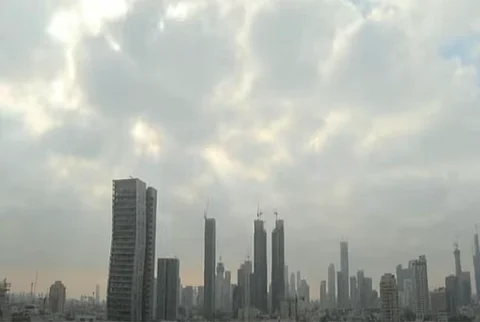

Iran’s decades-long strategy of building layered military capabilities—both at home and through regional proxies—was designed in large part to deter direct U.S. intervention. With the United States now entering Israel’s war against Iran and launching airstrikes on three of Iran’s key nuclear sites, Tehran faces a critical decision point. The rationale for holding its most potent military assets in reserve may have evaporated, raising the stakes for a dramatic escalation that could reshape the entire Middle East and reverberate globally. See three major avenues Iran might pursue in response:
The Strait of Hormuz is one of the world’s most vital energy chokepoints, with about 20% of all global oil trade passing through its narrow waters. Iran has long threatened to close or disrupt the strait in the event of direct conflict with the U.S. or its allies. Its arsenal includes fast-attack boats, thousands of naval mines, anti-ship missiles, and shore-based rocket batteries. Even a temporary disruption could send oil prices skyrocketing, spook global markets, and trigger international calls for a ceasefire.
The U.S. Navy’s 5th Fleet, stationed in Bahrain, is tasked with keeping the strait open and has superior firepower. However, Iran’s asymmetric tactics—such as swarming attacks with small boats or laying mines—could still paralyze shipping for days or weeks. The mere threat of such action has already caused oil prices to jump, underlining the global economic risks of escalatioStriking U.S. Bases and Regional Allies
The U.S. maintains tens of thousands of troops at bases across the Gulf, including in Kuwait, Bahrain, Qatar, and the UAE—all within striking distance of Iran’s missiles and drones. These installations are well-defended, but Iran’s growing arsenal of advanced drones and ballistic missiles poses a serious challenge. A barrage of missile or drone strikes could overwhelm defenses, inflict casualties, and damage critical infrastructure.
Iran could also target oil and gas facilities in Gulf states to raise the economic costs of U.S. involvement. The 2019 drone and missile attack on Saudi oil facilities—claimed by Yemen’s Houthi rebels but widely attributed to Iran—demonstrated Tehran’s ability to disrupt global energy supplies. Such attacks would not only threaten U.S. interests but also put pressure on Washington’s regional allies to reconsider their support.
Iran’s “Axis of Resistance”—a network of aligned militant groups across the Middle East—remains a potent tool despite recent setbacks. While Hamas and Hezbollah have been weakened by recent Israeli campaigns, Iran can still call on the Houthis in Yemen and various Iraqi militias, both of which possess missile and drone capabilities. These groups could launch attacks on U.S. forces, shipping, or infrastructure, further destabilizing the region.
At the same time, with its nuclear facilities damaged but not destroyed, Iran could decide to end all cooperation with the International Atomic Energy Agency and withdraw from the Nuclear Nonproliferation Treaty, as North Korea did in 2003. This would remove international oversight and potentially accelerate Iran’s pursuit of a nuclear weapon, raising the specter of a new and dangerous arms race in the Middle East.